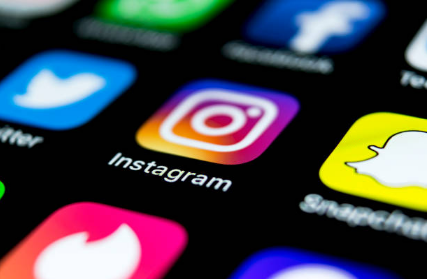Instagram causes waves by removing ‘Likes’ from posts
Article by Emma Gosper, Business Advisor, Western Sydney Business Centre
Instagram has caused major controversy in the past few weeks by trialling a change to the platform by removing the visibility of the ‘likes’ count from posts across specific countries, including Australia, allowing users to only see the number of their own likes.
This has created plenty of mixed opinions as to the purpose of the trial, along with the impact it will leave on businesses engagement analytics and influencer marketing. Some users are discussing the mental health benefits, whilst some are discussing the business motives where Instagram can tap further into the influencer community, and the push for brands to spend more money on Instagram ads.
Instagram released a statement saying “We want your friends to focus on the photos and videos you share, not how many likes they get. You can still see your own likes by tapping on the list of people who’ve liked it, but your friends will not be able to see how many likes your post has received.”
In a nutshell, this means Instagram wants users to focus on CONTENT. Keep in mind our number one rule when it comes to social media, especially in business: Content Is King.
Regardless of the individual opinions on the pros and cons of the trial, as businesses, we need to adapt to the ever-changing platform, whether we agree or disagree with the changes. Keep in mind Instagram is regularly changing their algorithms, and as users we have no choice but to adapt to these changes. This is no different.
- Focus on your content: Now is a good time to trial different types of content and ensure your content is both inspiring and informative.
- Encourage alternative engagement such as comments and shares: ask questions, reply to comments and continue being social with your audience
- Focus on utilising stories, IGTV, Lives and pay extra attention to your post captions.
Keep in mind that there are many forms of media where you cannot track who ‘likes’ the content you’re creating, such as tv. Remember, just because someone doesn’t physically react by double tapping a screen, your message is still being received by your consumer.






